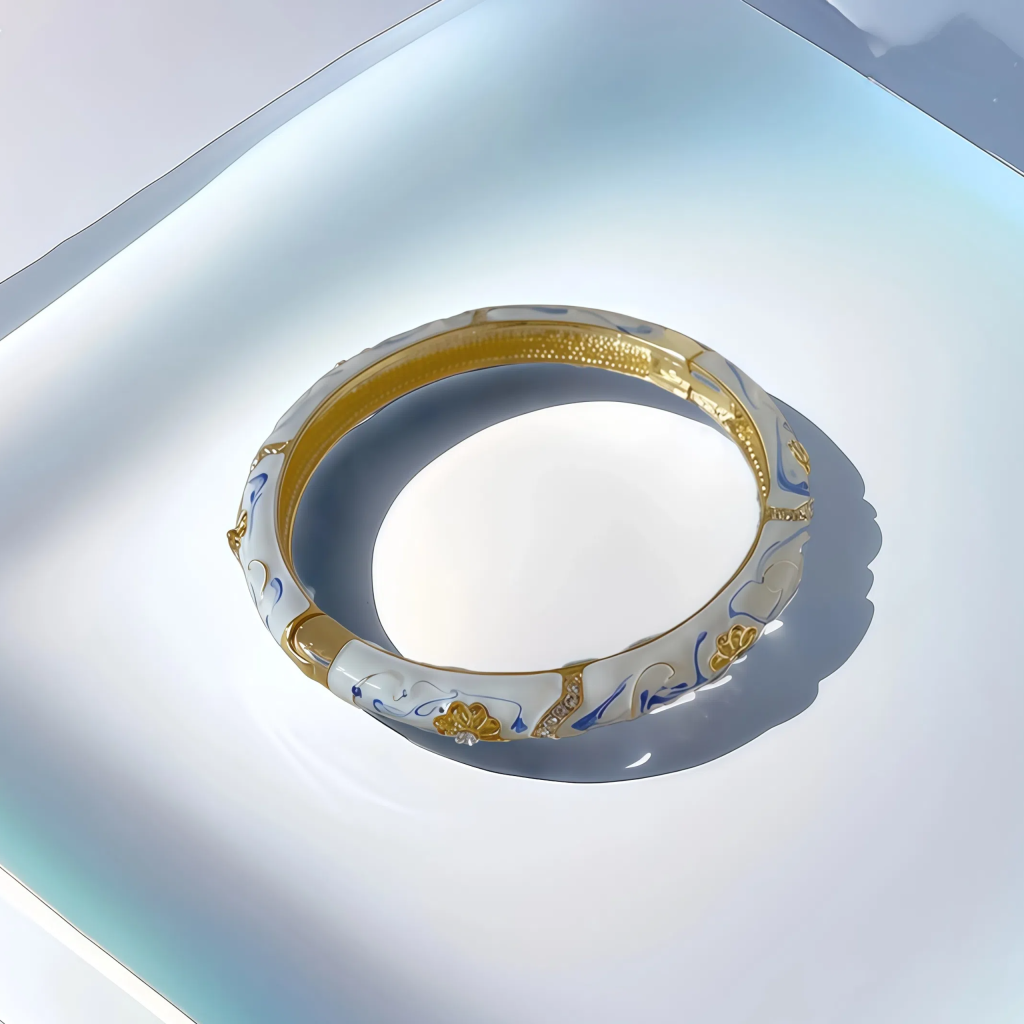Chinese Cloisonné Enamel: Traditional Craftsmanship Meets Timeless Elegance


Chinese Cloisonné Enamel: Traditional Craftsmanship Meets Timeless Elegance
Among the many treasures of traditional Chinese art, cloisonné enamel stands out as a radiant gem. By combining metal, mineral pigments, and the power of fire, enamel captures centuries of artistry and embodies the refined aesthetics of the East. It is more than decorative art—it is a symbol of patience, precision, and the timeless spirit of Chinese artisans.
The Origins of Chinese Cloisonné Enamel
The history of Chinese cloisonné can be traced back to the Yuan and Ming dynasties, introduced through the Silk Road. Over centuries, the craft evolved with unique Chinese aesthetics, eventually becoming the world-renowned Jingtai Blue during the Ming dynasty. By the Qing dynasty, cloisonné enamel artistry reached its peak, adorning imperial palaces with vibrant colors and intricate designs.
The Craftsmanship Behind Cloisonné Enamel
The beauty of Chinese enamel jewelry and décor lies in its detailed, labor-intensive process:
-
-
Base Forming
Copper is shaped into vases, bowls, or jewelry pieces, forming the foundation. -
Cloisonné Wirework
Thin metal wires are bent into floral, animal, or cloud motifs, creating the framework for enamel inlay. -
Filling with Enamel Pigments
Finely ground mineral powders are filled into the wire compartments, layer by layer, to create depth and brilliance. -
Firing Process
Each piece is fired at high temperatures (around 800°C), fusing the colors with the metal. Multiple rounds of firing are often required. -
Polishing and Gilding
After firing, the surface is polished smooth, then gilded with gold for added brilliance and durability.
-
.png)
.png)
The Unique Aesthetics of Chinese Enamel
What makes Chinese cloisonné enamel so distinctive is not only its craftsmanship but also its cultural symbolism:
-
Colors: Deep blue, crimson red, jade green, and gold bring richness and harmony.
-
Motifs: Dragons, phoenixes, lotus flowers, and auspicious clouds, each carrying symbolic meanings of luck and prosperity.
-
Philosophy: Enamel art embodies the Chinese concept of harmony between humans and nature.
Cloisonné Enamel in Modern Times
Today, Chinese cloisonné enamel jewelry and decorative art are appreciated worldwide:
-
Jewelry: Rings, earrings, and necklaces with enamel details bring elegance and cultural charm.
-
Home Décor: Cloisonné vases, tea sets, and ornaments symbolize refined taste and heritage.
-
Fashion & Design: Modern designers blend enamel with contemporary styles, giving this ancient craft new life.
Conclusion: A Timeless Craft
Chinese cloisonné enamel is more than a craft—it is history, culture, and artistry combined. Each piece tells a story of fire and metal, patience and creativity, tradition and innovation.
Enamel art, especially cloisonné enamel from China, continues to inspire collectors, designers, and art lovers around the world. Whether in fine Chinese enamel jewelry, intricate cloisonné décor, or modern fashion accessories, this traditional craft proves that true beauty never fades. By embracing both tradition and innovation, Chinese enamel artistry connects history with the present, offering timeless elegance for generations to come.
